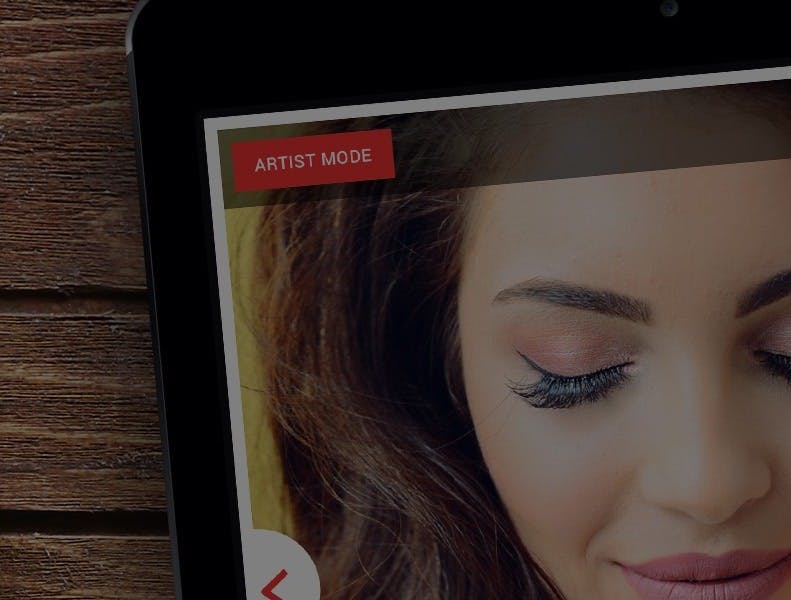Cosmetics customer experience – building beautiful relationships
Successful cosmetics brands are overhauling their in-store experiences to ensure beauty advisors are equipped to offer personalised consultations. CTO Dan Hartveld looks at how to achieve the perfect blend of technology and the human touch in his latest article for MyCustomer.
If you’re looking for an honest assessment of why clienteling is central to the customer experience for beauty brands and retailers, Jason Goldberg, Chief Commerce Strategy Officer for Publicis, pulls no punches. ‘Nobody goes shopping because they want more expensive coloured powder in their bedroom’, he said in an article published by Retail Dive. 'They're shopping for cosmetics because they want to look beautiful at their spring dance or on their date or whatever the case may be. They're literally shopping for an experience, so delivering an experience during the shopping occasion is super important, [whereas] you don't necessarily want a real high-tech immersive shopping experience to get more toilet paper.’
Successful cosmetics retailers know this – as I explored in an earlier article, big players including Harrods and Boots have totally overhauled their in-store experiences for beauty customers, installing opulent new emporiums and ensuring that their beauty advisors are equipped to offer personalised consultations.
This is where clienteling tech comes into its own – the only way to provide the right kind of insight and one-to-one beauty advice is to have complete, cross-channel access to customer information coupled with detailed knowledge of the entire product range and how it matches their preferences. Integration across the board into one single platform with everything the beauty advisor needs immediately available at their fingertips opens up opportunities for:
- Personalised conversations based on customer preferences coupled with expert advice, including appointments and profiles, tailored inspirations and looks as well as the ability to record consultations and offer tutorials
- Increased sales because it’s easy for customers to buy recommended products either directly after the consultation or once they’re at home, thanks to seamless cross-channel baskets and follow-up communications, as well as the ability to use comprehensive customer information to reorder, cross-sell and upsell
- Relationship building through direct messaging to give tailored updates including product and event waitlists, ensuring customers are the first to know about new product launches, when products are back in stock and in-store events
- Smart analysis of customer behaviour, giving beauty advisors the confidence to suggest products, services or events
It’s a perfect blend of technology and the human touch – using a platform for the intelligent application of both customer and product data allows beauty advisors to establish themselves as brand ambassadors and trusted cosmetics consultants – a win/win in terms of business value and customer experience.
And, while it’s clear that the personal side is paramount when it comes to the beauty industry, there’s solid evidence that this approach stacks up from a business perspective, as well. According to Attune consultants, customers that have experienced this kind of clienteling spend 3.5 to 4x more annually and the average transaction size is 63% bigger than for ‘non-clienteled’ shoppers. They’re also 33% more likely to become repeat customers.
At a time when every in-store interaction counts for the beauty industry, retailers and brands that remain unconvinced of the benefits of clienteling will find themselves falling further and further behind in a business that relies on the quality of its customer relationships.

This article first appeared on MyCustomer.
